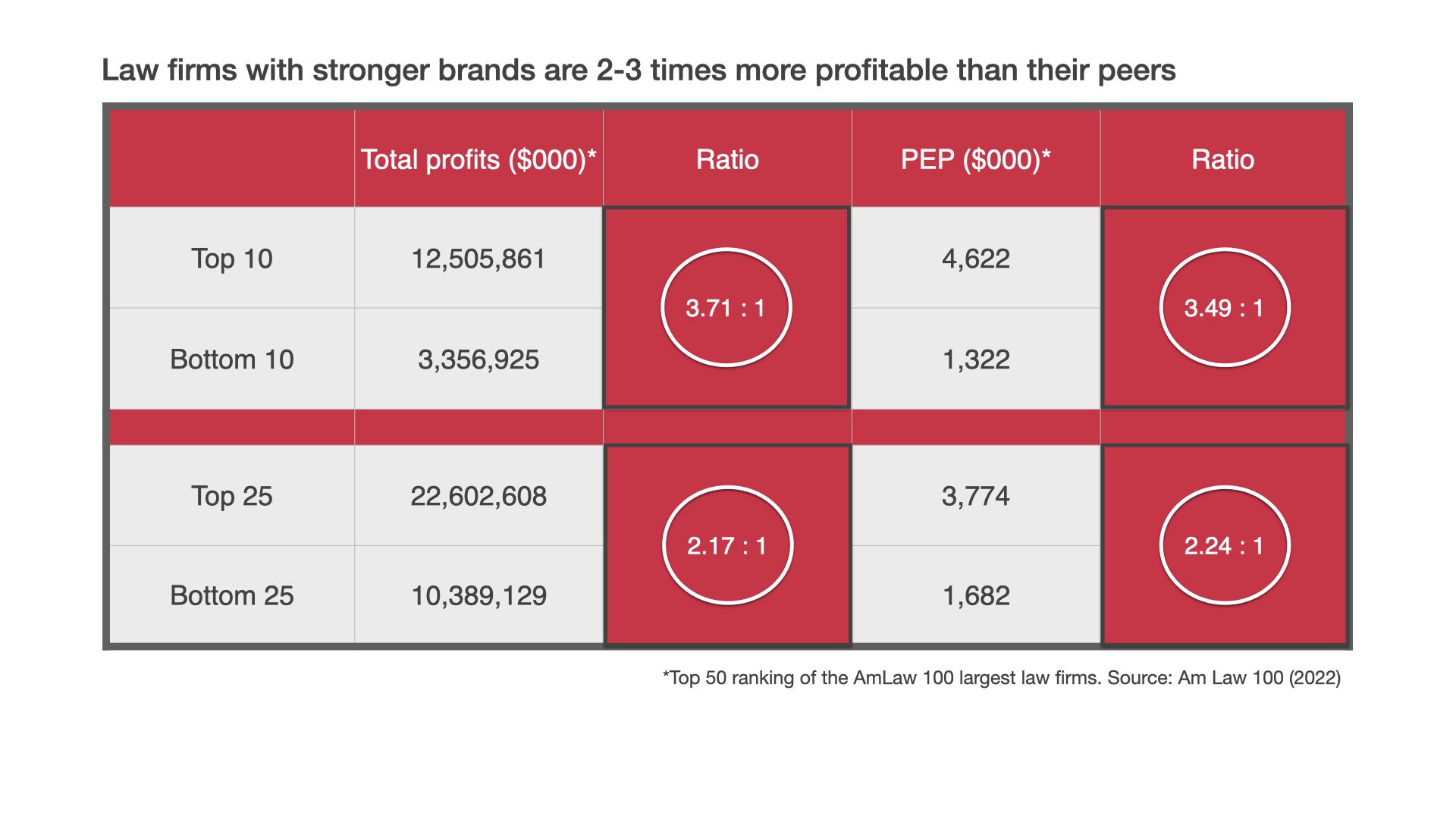Branding is easy. Partnerships are hard.
Branding should be simple. Define what you stand for, communicate it clearly, and live up to it. But in partnerships, where most decisions are made by committee and independence is prized, it’s not.
Getting a group of high-achieving professionals to agree on a single brand narrative is like herding cats—slow, frustrating, and occasionally you get scratched. Yet, without a strong and coherent brand, the firm risks going to market as a loose collection of individuals rather than a unified whole.
This article dives into why branding feels so difficult in partnerships, why it matters more than many partners realise, and how to get past the roadblocks to create a brand that works—for the firm, for its clients, and crucially, for the partners themselves.
“When it comes to branding, consensus can be the enemy of distinctiveness.”
Why partnerships make branding a nightmare
Branding is about clarity and distinction. But partnerships thrive on autonomy and diversity of thought. That’s the tension at the heart of branding in professional services firms.
Unlike corporate entities, where a CEO can set the strategic direction and expect it to be followed, partnerships function more like a collective—a group of high-achieving individuals, each with their own clients, specialisms, and views on how things should be done.
The result? Decision-making that moves at the speed of consensus. And when it comes to branding, consensus can be the enemy of distinctiveness. The more voices involved, the greater the tendency to default to the bland and the safe, rather than the bold and the differentiated.
Why bother? Developing a strong brand is challenging but worthwhile. Analysis, from the law firm market (where data is remarkably transparent, and competition intense) shows that firms with strong brands are two to three times more profitable than their peers with weaker brands. There are many reasons to believe that this effect applies equally to all PSFs that compete heavily on reputation.
“Successful firms don’t let branding become an abstract exercise; they anchor it in reality.”
A brand without buy-in is just a logo
A strong brand is not just a name or a logo; it’s a promise. Or a proposition if you prefer more tangible language. It tells clients what they can expect and why they should choose you over a competitor. But in partnerships, defining that promise is tricky when different partners see the firm in different ways.
Successful firms don’t let branding become an abstract exercise; they anchor it in reality. A good brand narrative isn’t just a marketing tagline—it’s a reflection of what the firm actually is, what it stands for, and the experience it delivers. It’s Big B Brand not just little b brand. And that means getting partners to buy into it, not just sign off on it.
As part of a recent engagement with a large, global, super-premium professional services firm, we recommended a much sharper and disciplined focus on promoting only the best work the firm had done for its most famous clients to help elevate brand perceptions of quality and prestige.
It sounds straightforward enough, but of course, to do this, many partners would have to accept that ‘their’ projects get pushed down the billing, and maybe don’t even feature, for the greater good of the partnership.
We got there, but strong leadership from the CMO and the backing of the ExCo were required to roll it out. Once it was up and running, it got easier to maintain the momentum as the impact on the firm’s brand was felt to benefit everyone.
“Partners must see a direct link between their individual success and the firm’s brand strength”
Getting partners on the same page
If branding is about defining what makes a firm unique, then getting partners aligned is about making them believe in that uniqueness. Here’s how to do it:
- Early engagement and consultation: Partners need to be involved from the get-go. If they feel branding is being imposed on them, they’ll resist it.
- Structured dialogue: Workshops, facilitated discussions, and structured feedback mechanisms help surface underlying tensions and create alignment around a shared vision.
- Incentive alignment: If branding is important, it needs to be reinforced in how performance is measured and rewarded. Partners must see a direct link between their individual success and the firm’s brand strength.
It doesn’t have to be hard work if you approach it this way. But you do have to keep on your toes in the development process to ensure the dialogue doesn’t end up knocking all the corners off the ideas. That’s often the part of the process where good facilitation is worth its weight in gold.
Keeping the brand alive
To make brand alignment more than just a one-off exercise, firms need structured, ongoing efforts that embed branding into everyday decision-making. Here are three practical steps:
- Make branding part of the deal – Every new partner should go through a proper induction—not just on financials and governance, but on the brand. What the firm stands for, how it speaks, how it shows up. If they don’t get it, they won’t live it.
- Check your progress – Once a year, sit down and ask: Are we walking the talk? Are clients experiencing what we promise? Are partners still aligned? If not, fix it. Branding isn’t a one-time exercise; it’s a living, breathing part of the business.
- Create a brand advocacy team– A small, sharp group of partners should act as brand guardians—not as another committee that slows things down, but as a group that makes sure branding stays true, clear, and relevant. No fluffy slogans, no vague corporate speak—just the real deal.
A brand that’s ignored fades. A brand that’s looked after thrives. The firms that get this right don’t just say they stand for something—they prove it every day.
Coalition of the willing
In partnerships, branding isn’t about enforcing conformity. It’s about creating a shared narrative that partners can stand behind without losing their individuality.
The firms that get it right understand that branding isn’t a top-down exercise—it’s a collective effort that requires persuasion, pragmatism, and patience.
Worth the work.
End.
If you enjoyed this article please like and share with others. If you want to recieve more like this from Principia you can subscribe here (bottom of page).



